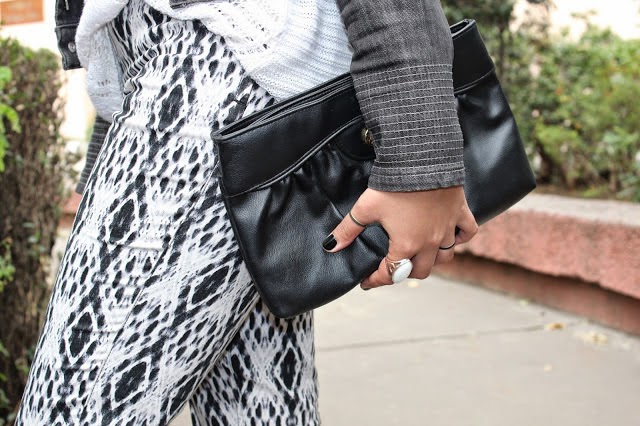Hello sweet friends!
I am taking off for a couple of weeks, so I won't be blogging because we are going all around the coastal region of Ecuador and be at the gorgeous beaches, in beautiful hotels and eating lobster that I love and some more great sea food dishes...I can't wait!
We will be driving tomorrow, Wednesday very early in the morning.
Alejandro and I are going with his brother and his wife, both wonderful siblings and a lot of fun to be with.
I will post photos when I come back.
Meanwhile, have a wonderful time!
I WILL LEAVE YOU WITH A LITTLE BIT OF HISTORY ABOUT "IKAT-MACANA" CLOTH HAND MADE IN ECUADOR AND OF COURSE, SOME PHOTOS OF CLOTHING AS WELL.
A very simple and quick explanation here. An indigenous man weaving the "Ikat or Macana" in Ecuador.
Natural Dyes:
The dyeing process that Jose uses are only natural dyes which are available nearby. Walnut gives shades of brown. Indigo for many blues. Lichens for greens. Cochineal for reds and oranges. And minerals from rocks producing greys.
This striped shawl was made as such from the weaving and natural colorings explained above.
Weaving Ikat:
Once the warping and dyeing process is completed, in some ways, the weaving is the easiest step. Care must be taken that the warp-dyed pattern doesn’t shift on the loom, thereby throwing the pattern out of sequence. But since the weaving is all done on a backstrap loom, once the warp is taut around the frame and the body of the weaver, the pattern is secured and weaving can begin. The woven structure is a warp-faced plain weave so the weaving itself can go pretty quickly.
Jose’s home and workshop sit off a back road that connects to the main highway leading to the town of Gualaceo, 35 km east of Cuenca in Ecuador. It is here that he and his family (his wife and their four children) are dedicated to weaving ikat, a tie-and-dye resist process of a highly intricate and complicated hand weaving technique practiced in a number of cultures around the world. But in Ecuador, particularly in the Cuenca region, Jose and his family are just a few remaining weavers still practicing this art.

Here a beautiful wrap in black and White. Cute ceramic figures of Ecuadorian Indigenous man and woman.


I did my tablecloth for my round table by putting to shawls like this one together.
You can look at the tablecloth on my table for 5 de Mayo.
I love this red and black shawl!

Another pretty shawl in black and white.

There are infinite color combinations and are great for upholstery as it shows here in the chairs, in this lovely purple and white.

So here you have it, a Little bit of the marvelous things in the 'IKAT' weaving sold around here.
See you when I get back and thank you so much for coming over to read about it, as I know some of you are interested about this
beautiful and dying art.
Thank you for coming by, even though I will not be here to answer your lovely and generous comments...and I will answer them as soon as I come back.
Do take care of yourselves.
I will join a couple of parties with this post and than I'm off!
Thank you so much sweet ladies!
Tuesday Tune Link Up at, http://www.natashainoz.com
LOVE,
FABBY



You can look at the tablecloth on my table for 5 de Mayo.
I love this red and black shawl!



So here you have it, a Little bit of the marvelous things in the 'IKAT' weaving sold around here.
See you when I get back and thank you so much for coming over to read about it, as I know some of you are interested about this
beautiful and dying art.
Thank you for coming by, even though I will not be here to answer your lovely and generous comments...and I will answer them as soon as I come back.
Do take care of yourselves.
I will join a couple of parties with this post and than I'm off!
Thank you so much sweet ladies!
Tuesday Tune Link Up at, http://www.natashainoz.com
LOVE,
FABBY






